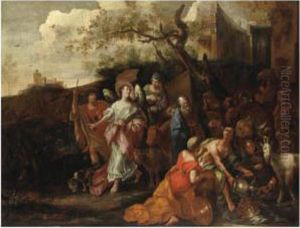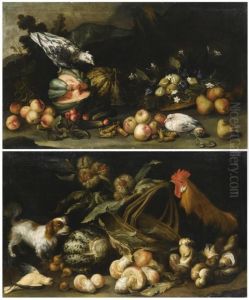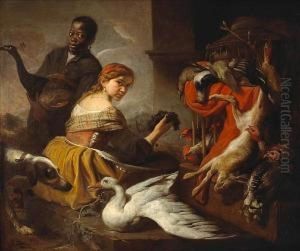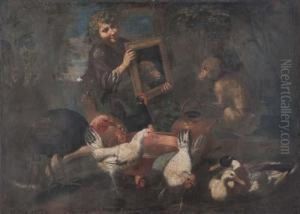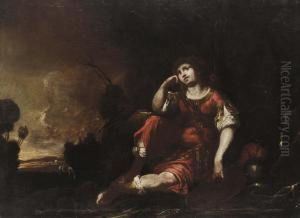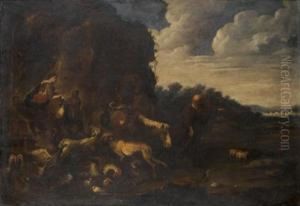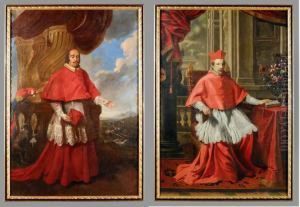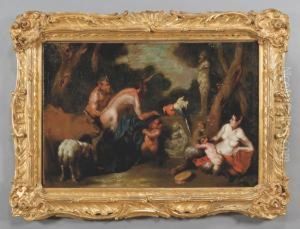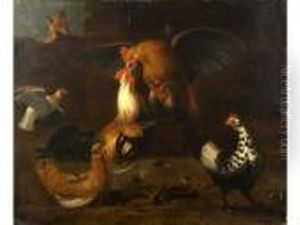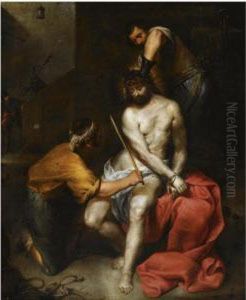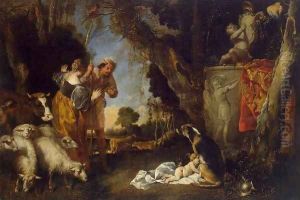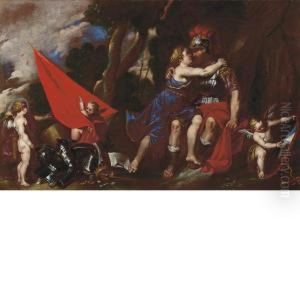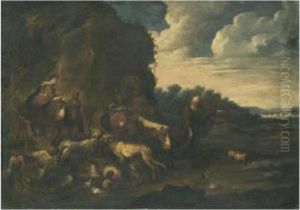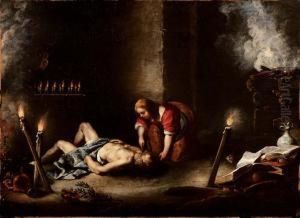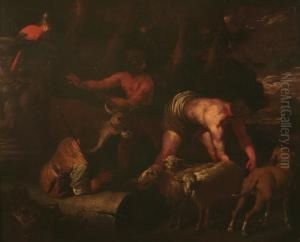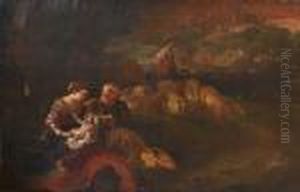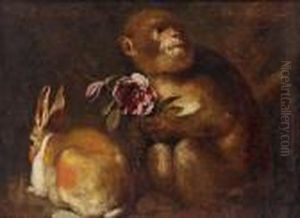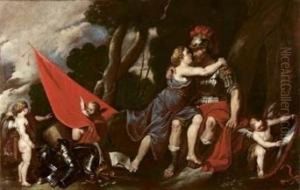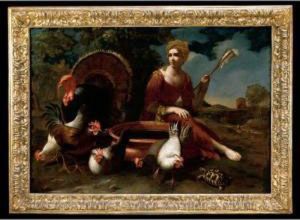Antonio Maria Vassallo Paintings
Antonio Maria Vassallo was an Italian Baroque painter who is believed to have been born in Genoa around 1620. Not much is known about his early life, including the exact date of his birth, but he is thought to have been a pupil of Valerio Castello and to have been strongly influenced by the Genoese master Giovanni Benedetto Castiglione. Vassallo’s works are characterized by their vibrant colors, careful attention to detail, and often, a certain warmth and liveliness.
His painting style reflects the Baroque interest in dramatic subjects and dynamic compositions. Vassallo is particularly known for his genre scenes depicting everyday life, as well as his religious compositions. His genre paintings often include figures such as peasants and shepherds, engaging in common activities, which are portrayed with a sense of realism and empathy.
Throughout his career, Vassallo remained active in Genoa, where he contributed to the city’s artistic landscape during the 17th century. His works were appreciated for their narrative quality and the skillful representation of textures and materials, such as the depiction of food and fabrics, a testament to the increasing interest in still-life elements during that period.
Vassallo's exact date of death is unclear, with some sources suggesting he died around 1664, while others propose later dates, possibly up to 1673. His paintings can be found in various museums and collections, and he remains a noted figure in the study of Baroque art, particularly within the Genoese context.
